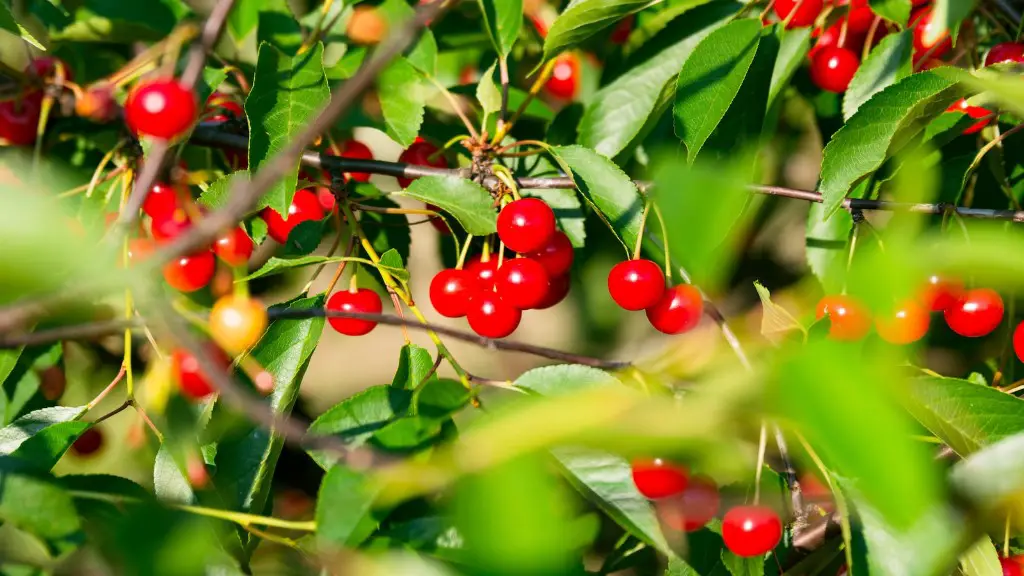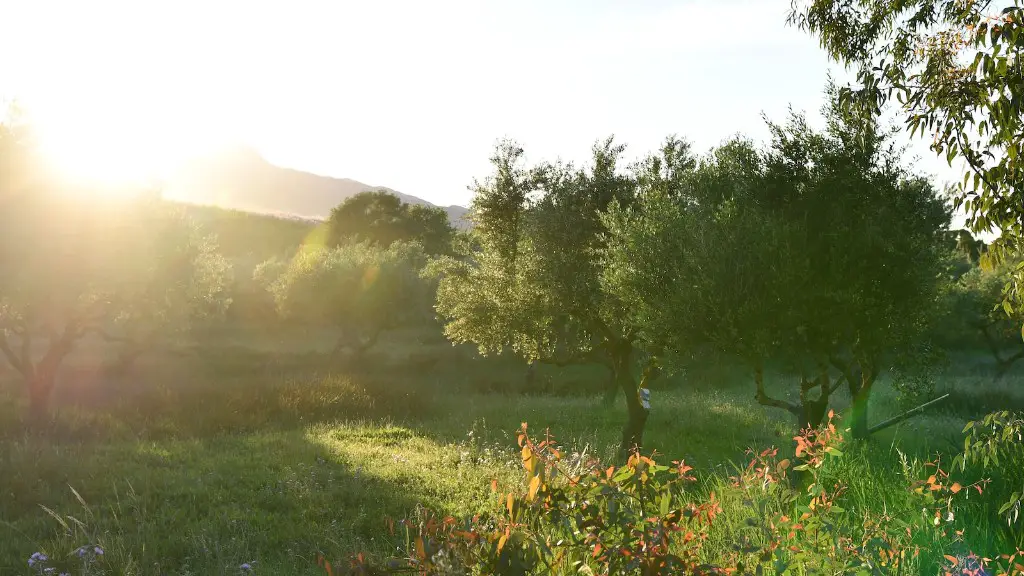It’s no secret that Texas can be a tough place to successfully grow a lemon tree. After all, lemons require warm temperatures and lots of direct sunlight to produce well. Luckily, if you know what you’re doing, you can successfully grow a lemon tree in Texas, with a bit of knowledge and effort.
The key to getting a lemon tree to thrive in Texas is picking the right variety. Sweet lemons are more tolerant of cooler temperatures and may be planted with fairly good success. Most other varieties of lemon trees, however, will require a bit more maintenance to make sure they stay healthy in Texas’ varying temperatures.
The two most important steps to successfully growing a lemon tree in Texas are selecting the right type and planting it correctly. You’ll need to choose a variety of lemon tree that can tolerate Texas’ temperatures, such as the Meyer lemon. Placing your lemon tree in an area that gets plenty of sunlight, preferably 6-8 hours a day, is also essential for it to reach optimal growth.
Knowing when to water your lemon tree is also important for its health. During the hot summer months, your lemon tree is likely to need water once a week, as long as the soil is dry. During the colder winter months, you may need to water your tree less often.
Pruning your lemon tree is also important, as it can help encourage healthy growth. Pruning should be done in the spring and summer, when the natural growth cycle is at its peak. Make sure to look out for any signs of disease or pest infestations so you can address them quickly.
Finally, fertilizing your lemon tree is essential as it will help keep it healthy and maximize its production. A good balanced fertilizer should be applied twice a year, once in the spring and once in the summer, to ensure optimal growth.
Growing a Lemon Tree in the Right Climate
One of the most important factors in successfully growing a lemon tree in Texas is making sure the climate is suitable. Texas can experience extreme heat during the summer months and if your lemon tree is not adequately prepared for it, it may struggle to survive. Pay special attention to choosing varieties of lemon tree that can tolerate Texas’ climate.
Additionally, it’s a good idea to ensure your lemon tree is in an area that does not experience extreme wind. Winds can damage the branches of your tree and in some cases, even uproot the entire tree. Planting your lemon tree in a sheltered area can help protect it from strong winds.
You should also take steps to protect your lemon tree from frost. Cooler temperatures during the winter months can harm your lemon tree’s development and it is advised to cover the tree with a protective layer so that it can survive frost. Additionally, make sure to water your lemon tree in the cold months to prevent it from drying out.
Finally, one of the best ways to make sure your lemon tree is growing in the right climate, is to move it indoors. This is especially helpful for the winter months, when temperatures can drop below freezing, potentially damaging or even killing your lemon tree.
Achieving Optimal Growth
To ensure that your lemon tree reaches its full potential, there are several steps you can take to help it get off to a good start. Planting your lemon tree in soil with adequate drainage is essential, as waterlogged soil can harm the roots of the tree and stunt its growth.
Mulching your lemon tree is also beneficial, as it can help create an environment that is more favourable to growth. Using an organic mulch and supplying the tree with additional nutrients can also go a long way in helping your lemon tree thrive and reach its full potential.
Training your lemon tree whilst it is still young is also beneficial. Training your lemon tree helps promote good pruning habits which you can carry on with into the future, helping your lemon tree to reach optimal growth. Make sure to also keep an eye on any pests that may attack your tree and take steps to limit their damage.
Choosing the right fertilizer is also crucial for your lemon tree’s optimal growth. Look for a slow-release fertilizer since this type of fertilizer works over a longer period of time, delivering its nutrients to your lemon tree steadily and over a longer duration.
Finally, keeping your tree healthy and happy is the key to ensuring its optimal growth. Regular pruning and checking for signs of disease and pests can go a long way in helping your lemon tree reach its full potential.
Limiting The Damage Caused By Pests
Unfortunately, your lemon tree is likely to suffer damage from pests at some point. The most common pests of citrus trees are aphids, mealybugs, and spider mites, which can all cause damage to the foliage and fruit of lemon trees.
The best way to limit the damage caused by pests is to apply preventative measures. Ensure to use approved insecticides or pest controls for your lemon tree and make sure to only apply them when necessary. Additionally, keep an eye out for pests and take action as soon as you spot them.
Inspect your lemon tree regularly for signs of pests or diseases and make sure to take appropriate measures to treat them if necessary. Additionally, using organic mulch around the tree and keeping the tree healthy can help deter pests from attacking it. Finally, encourage natural predators to your lemon tree, such as ladybugs, which can help keep pests under control.
Protecting Your Lemon Tree From Disease
Whilst pests can damage your lemon tree, diseases can be even more damaging. The most common diseases of citrus trees are bacterial canker, collar rot, and gummosis. Taking steps to prevent diseases is the best way to combat them, as once a tree is infected, it is very difficult to treat.
It is important to ensure your lemon tree is planted in soil with good drainage as standing water can encourage diseases. Additionally, ensure to water your tree correctly, as over or under-watering can make your lemon tree prone to diseases. Ensure to also keep your tree healthy by regularly pruning and fertilizing it.
Making sure to reduce stress on your lemon tree is also important for preventing disease. Cold weather, pests, and dry soil can all cause stress to your lemon tree and lead to diseases in some cases. If your lemon tree is young, consider covering it with a frost cloth during the winter to limit its exposure to cool temperatures.
Finally, inspect your lemon tree regularly for signs of disease and take appropriate action if necessary. Many diseases can be treated with two sprays of Bordeaux mixture when symptoms first appear, and if the disease is still present, two more sprays should be applied.
Conclusion
With some knowledge and effort, you can successfully grow a lemon tree in Texas. Make sure to select a variety of lemon tree that can tolerate Texas’ climate, ensure to plant it in the right environment, and take preventive steps to limit damage from pests and diseases. With these steps, your lemon tree is sure to thrive!





